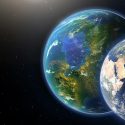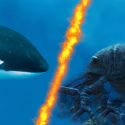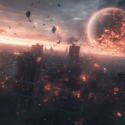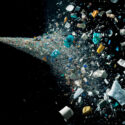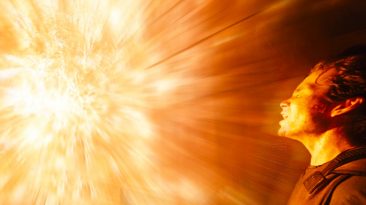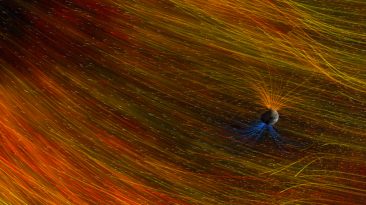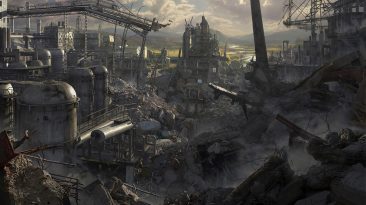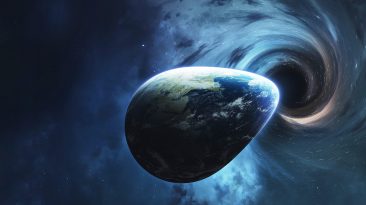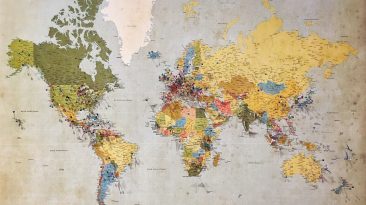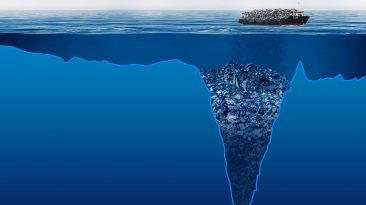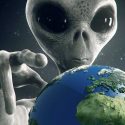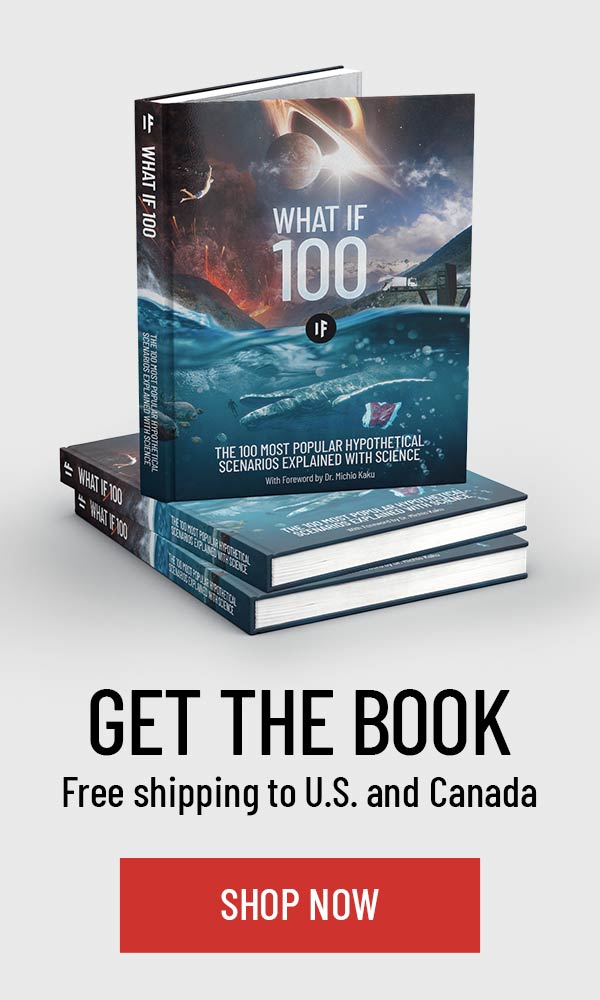Sixty six million years ago, a colossal asteroid crashed into what is now the Yucatán Peninsula in Mexico. It triggered the extinction of the dinosaurs and wiped out most life on Earth. But what if that same asteroid appeared in our skies now, not during the age of dinosaurs but today?
Could we stop it? Who would be in danger? And is it possible that something good might emerge from such destruction? Modern technology might give us a fighting chance, with space agencies developing ways to deflect or destroy incoming threats. Still, the social, economic, and environmental impacts would be enormous, forcing humanity to unite in ways we never have before.
The Asteroid Returns
The space rock that ended the age of dinosaurs is called the Chicxulub Impactor. This asteroid was enormous, measuring between ten and twenty kilometers wide, about the size of one to two hundred football fields. In this scenario, it is once again heading straight for Mexico, traveling at a blistering twenty kilometers per second.
Upon impact, the devastation would be instant and overwhelming. The energy unleashed would equal ten billion nuclear explosions. Everything near ground zero would be incinerated. The resulting shockwave would flatten areas within one thousand five hundred kilometers. A magnitude ten earthquake would shake the entire continent. Tsunamis would strike coastal areas in Mexico, Cuba, Texas, and Florida.But that would only be the beginning.
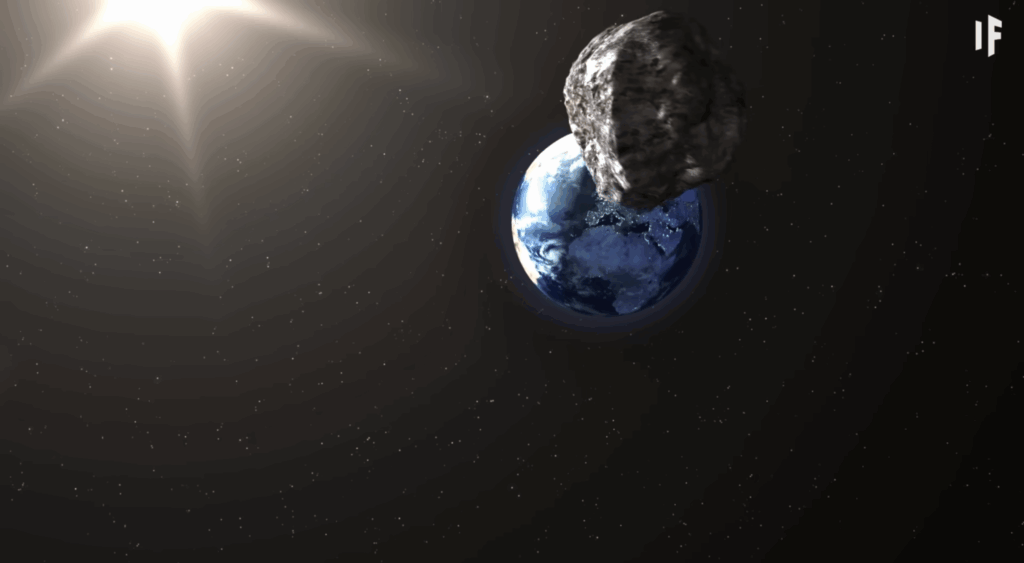
The Onset of a New Global Winter
The greatest threat would come after the impact. Dust and particles filled with sulfur would flood the atmosphere, blocking sunlight for up to fifteen years. Global temperatures would crash. Crops would fail. Ecosystems would collapse. A second mass extinction would begin.
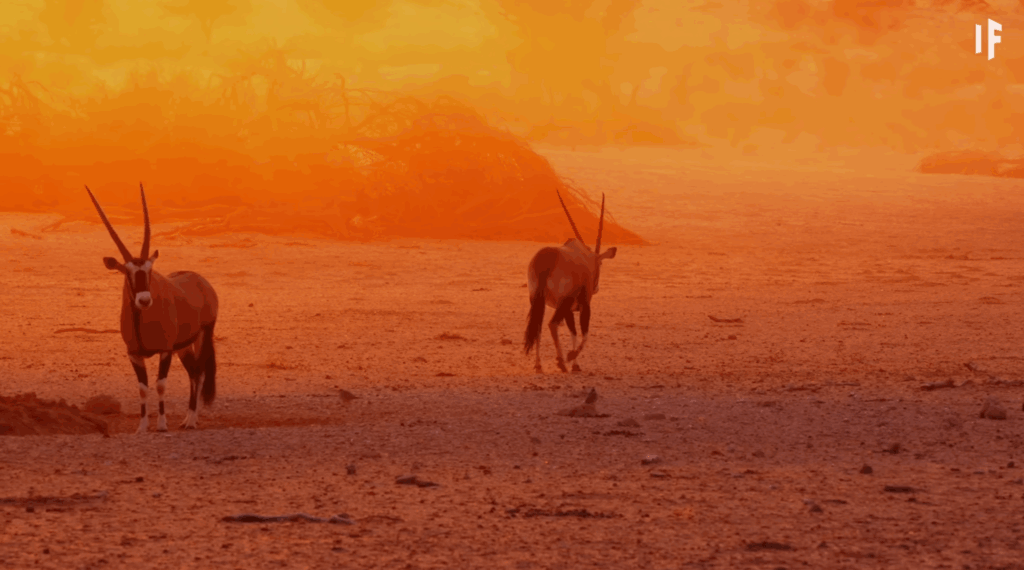
Only a small portion of the human population might survive, possibly in underground shelters or remote regions with more stable climates. Those survivors would face the enormous task of rebuilding civilization. But remarkably, they might have a powerful resource to help them.
A Golden Opportunity
The very asteroid that brought disaster could also deliver hope. Space rocks like Chicxulub contain rare and valuable minerals. Among them is gold, not only a symbol of wealth, but an essential material for restoring communication systems, rebuilding energy infrastructure, and supporting medical advancements.
Gold has always held its value during times of crisis. According to Calibre Mining, a company that specializes in gold exploration and investment, this precious metal remains underappreciated despite its long term returns. Over the last five years, gold investments have risen more than one hundred and fifty percent.
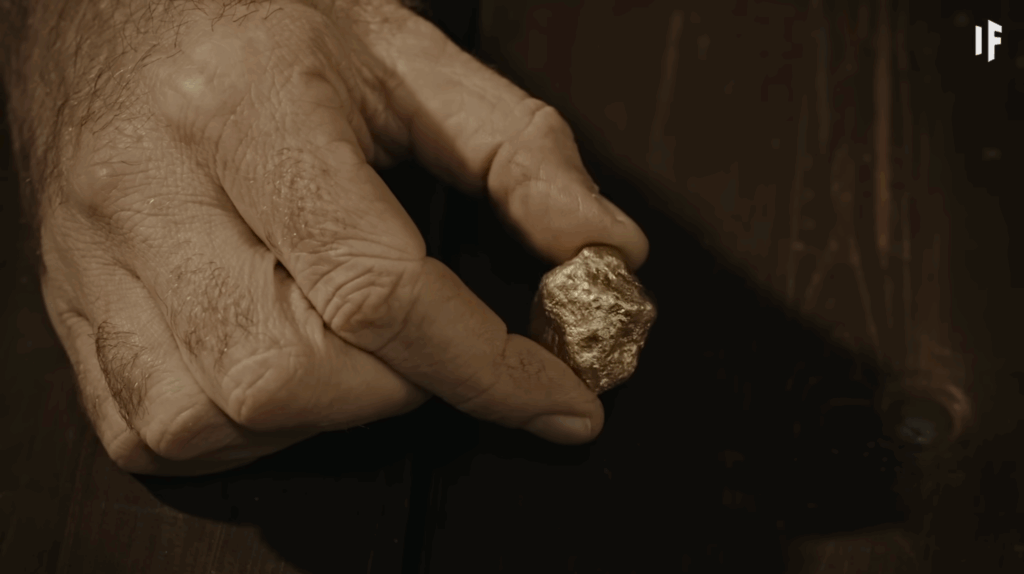
Beyond gold, asteroids often carry platinum, cobalt, nickel, and even rare minerals such as reidite, which only forms under extreme pressure. These resources could be vital for restarting economies and advancing technology in a post impact world.
Could We Stop It in Time?
Unlike the dinosaurs, we now have technology that gives us a fighting chance. In 2022, NASA’s DART mission successfully changed the path of a small asteroid, proving that deflection is possible. This approach, called a kinetic impactor, involves slamming a spacecraft into the asteroid to push it off course.
Unfortunately, for a rock as large as Chicxulub, one impactor would not be enough. Multiple spacecraft would be required, and even then, the chances of success would be slim.
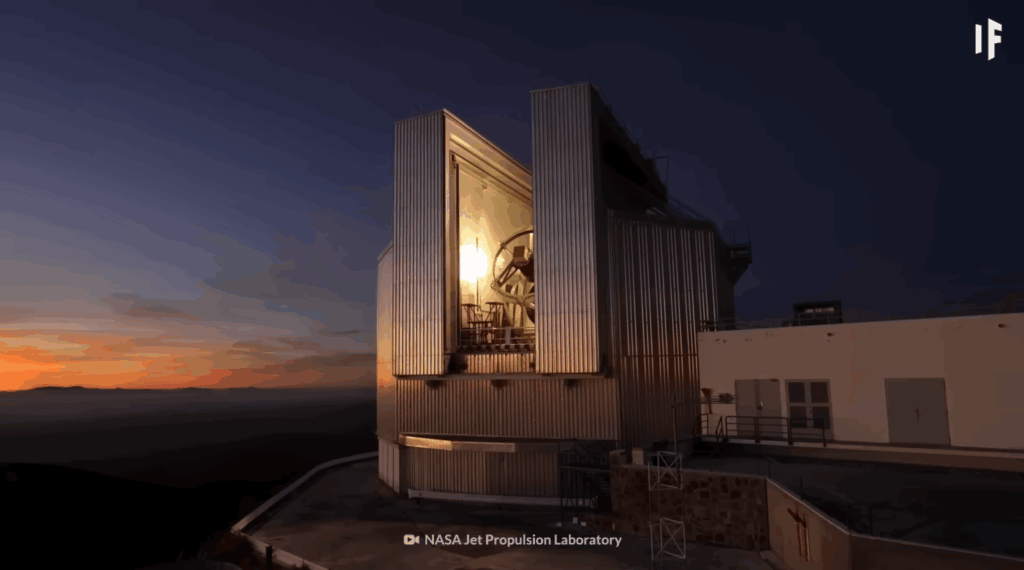
Other proposed strategies include:
Gravity tractors: A spacecraft uses its own gravitational pull to slowly move the asteroid. This method only works on much smaller objects.
Ion propulsion: A spacecraft could fire charged particles at the asteroid to gradually alter its path. Again, not strong enough for something this size.
Laser ablation: Powerful lasers could vaporize part of the asteroid’s surface, creating thrust from gas plumes. This idea has promise but requires a huge investment in technology.
Nuclear deflection: If we detect the asteroid early enough, a nuclear explosion near the object might vaporize almost all of its mass. This method is dangerous and unpredictable but could be our last resort.
If We Fail to Stop It, Evacuate Fast
If no defense works, or if we discover the threat too late, the only option would be mass evacuation. Governments would need to quickly relocate people from Mexico, Cuba, and the southern United States. Emergency support including food, shelter, and medical aid would need to be deployed worldwide.
Evacuation would be chaotic and incomplete. But for many, it would be the only hope for survival. Infrastructure would be pushed to its limits, and international cooperation would be essential to manage the crisis. Even after the impact, survivors would face long term challenges in rebuilding and adapting to a transformed planet.
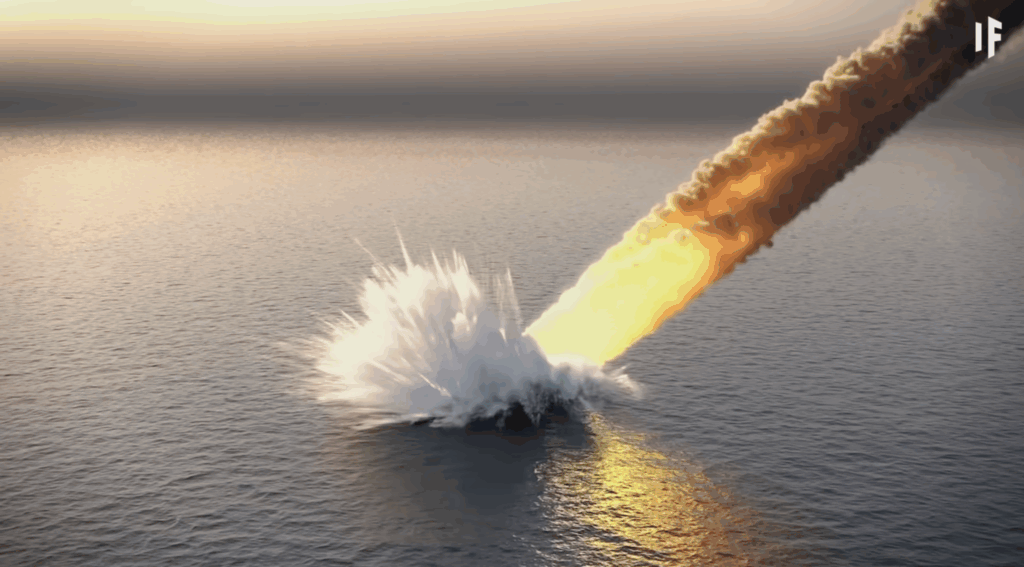
Can We Turn Disaster Into Opportunity?
Strange as it sounds, a catastrophic asteroid impact could also bring unprecedented access to minerals and metals. Some asteroids contain more gold than has ever been mined on Earth. One object alone is believed to contain seven hundred quintillion dollars worth of it. That would be enough to give every person alive more than ninety billion dollars.
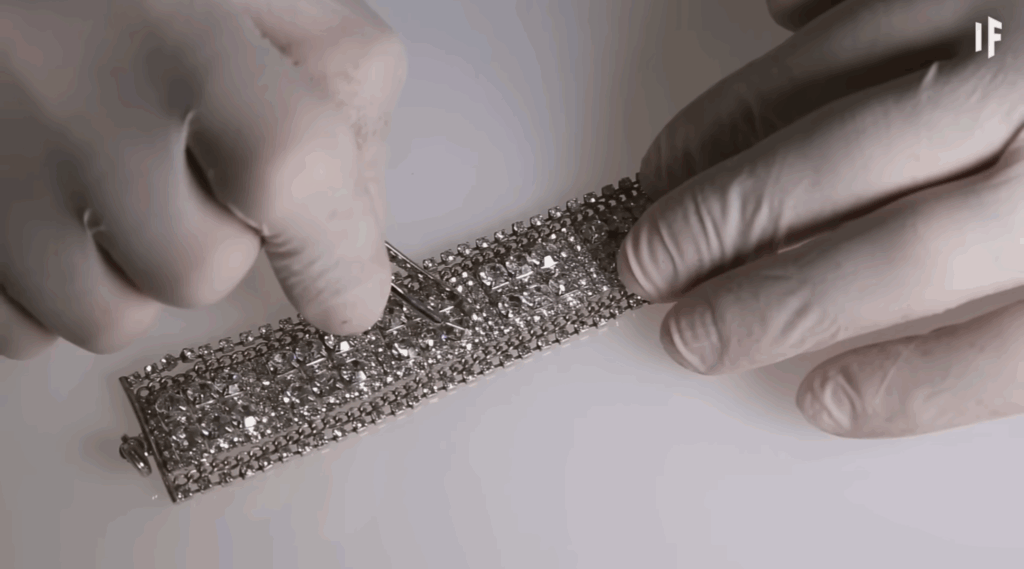
Asteroid mining is already being studied by scientists and entrepreneurs. It offers a cleaner, more ethical alternative to traditional mining, which often causes pollution and human suffering. Impact sites from the distant past in South Africa and Canada are already rich sources of gold and nickel.




